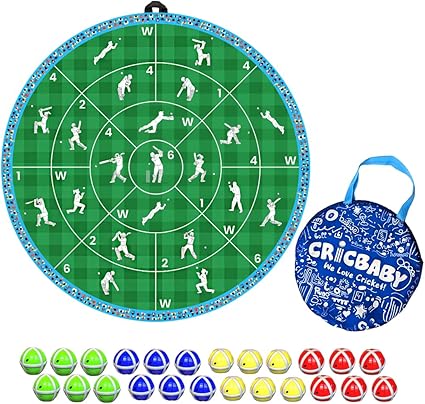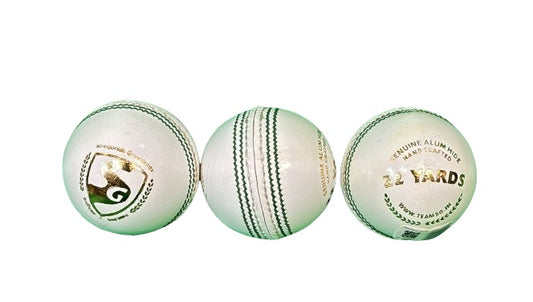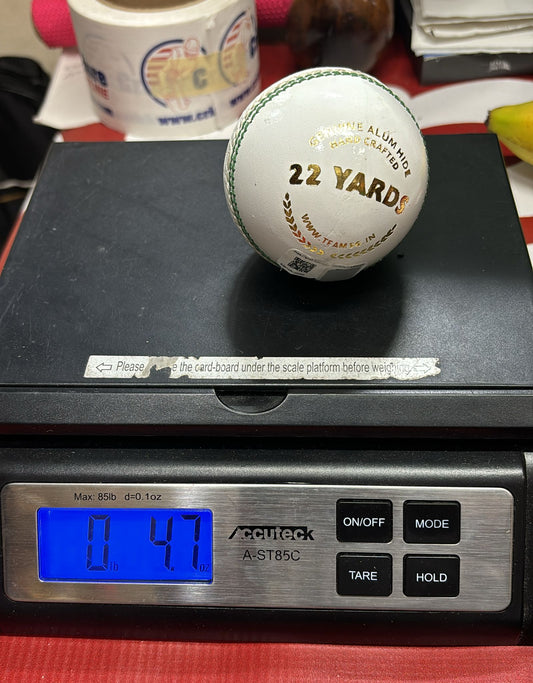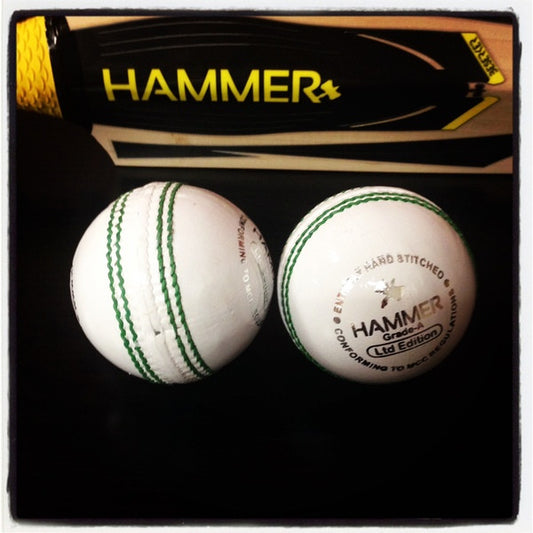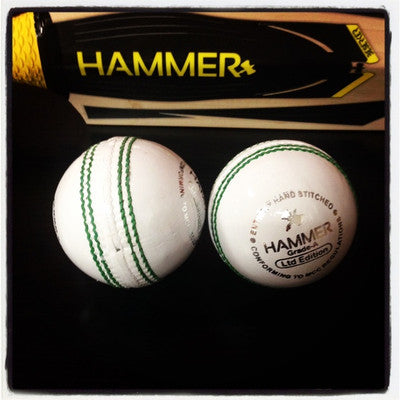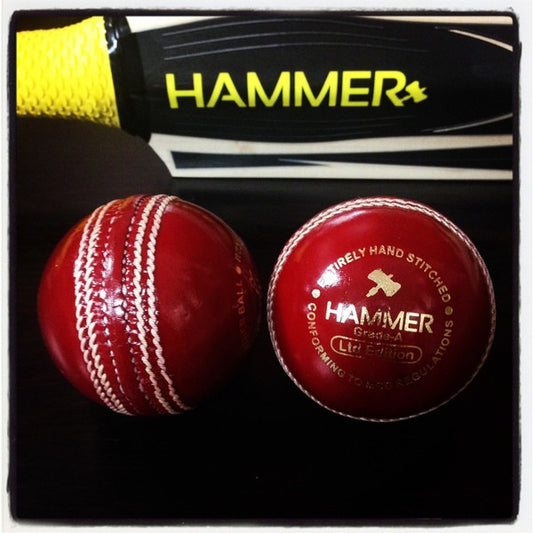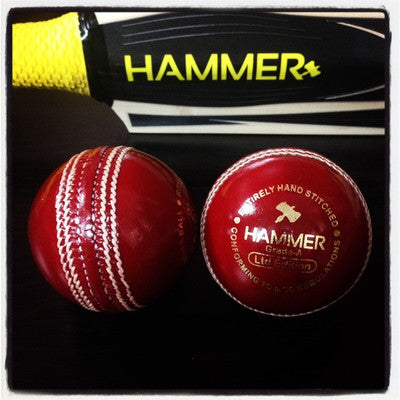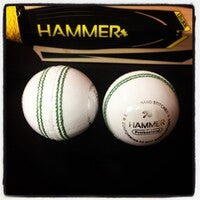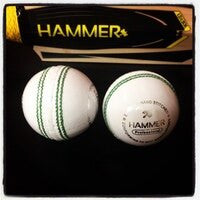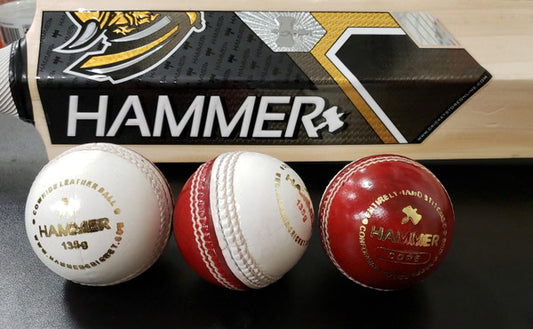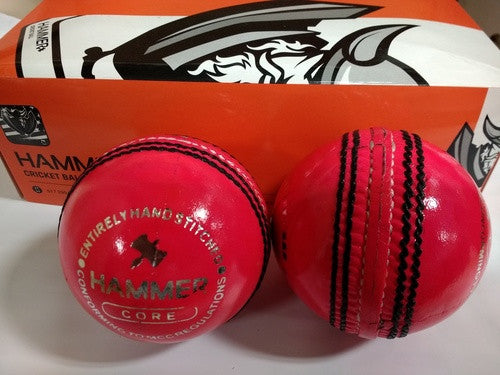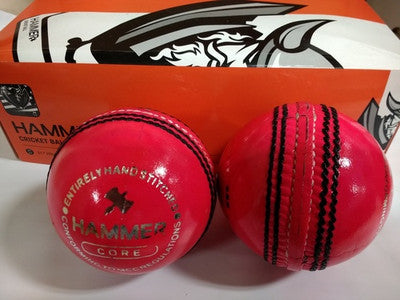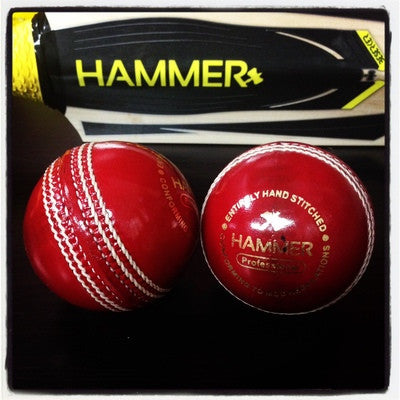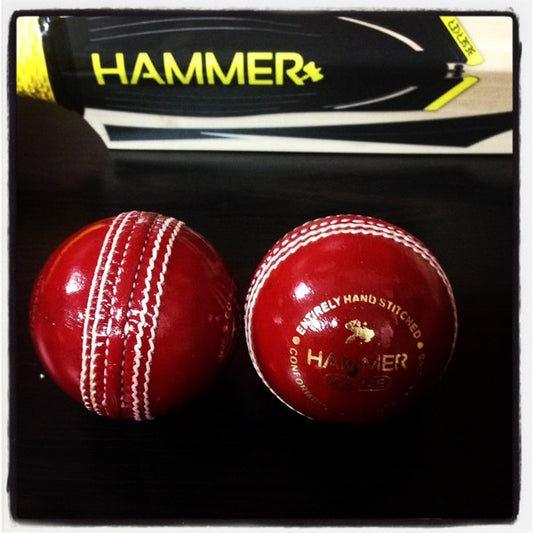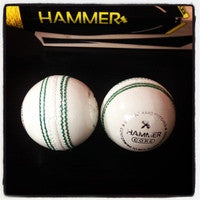Cricket balls come in different colors and sizes. There are different balls made for different formats of the game. Their make and quality have slight changes, making them best suited for different conditions. This page covers everything you need to know about youth cricket balls, their types, size, cost, brands, and build quality in detail. At CricketStoreOnline, we have the best quality cricket balls from top manufacturers that you need to take your game to the next level.
To buy a cricket balls for kids, you must have accurate knowledge about different types of balls and their sizes. Let our experts walk you through a detailed guide on youth cricket balls.
Youth Cricket Balls
Junior cricket bats' width is generally much smaller than adult cricket bats. So, playing with a traditional cricket ball might be hard for many youth players. They have a circumference of about 20.5cm to 22cm, less than a traditional cricket ball. The youth balls weigh 4.69 - 5.06oz, which is about 11 to 25 grams less than traditional cricket balls.
Generally, young players aged 5 - 6 years old or younger start playing with a soft tennis ball to ensure they won't get hurt while playing. The safety of a young player is our top priority. As you grow older and more familiar with the game, it is the right time to shift to a training cricket ball.
Junior Cricket Training ball
A training ball has an outer shell made from plastic material and foam inside to mimic a traditional cricket ball's actual bounce and feel. You are less likely to get injured if the ball hits you. These balls have the same seam and swing as a traditional cricket ball but last longer and have fantastic durability. Once you start playing competitively, you can use a junior cricket ball.
Junior Cricket balls
Players under the age of 13 generally use junior cricket balls. The balls are smaller than regular cricket balls so that they can fit properly in the hands of young players. They weigh around 4 ¾ oz, which young players can handle easily. The balls have the same seam as regular cricket balls that swing beautifully. At CSO, we have red, white, and pink junior cricket balls of the highest quality for your kids to play with.
Past the age of 13, players are old enough to handle the weight and size of an actual cricket ball. Regular cricket balls have a circumference of 22.40 - 22.90 cm, and weigh around 5.50 - 5.75oz.
Cricket balls come in three different colors best suited for different game formats.
1- Red Cricket ball
The red cricket ball has been around the longest among all cricket balls. The ball is mainly used to play test cricket and has a distinct seam. Test cricket is mostly played in daylight, so it is easy for players and spectators to spot a red ball while playing. Red cricket balls generally last longer than other color balls as they are made, keeping in mind the time required for a test inning to end( probably about 80 overs). The ball has a fantastic swing during the game's early stages, but that depends mainly on the conditions and the bowling bowler.
2- White Cricket Ball
White balls were first introduced during WSC in Australia in the year 1977. As the game of cricket became more evolved, we started playing during the night using artificial lighting called floodlights. The red ball turns brownish, making it difficult to play in the floodlights. This problem was solved by using the white ball in international cricket. White balls are mostly used to play one-day matches which are 50 overs. The balls are painted white and have the same build as a red cricket ball.
3- Pink Cricket Ball
Pink cricket balls were recently introduced to international cricket in the year 2009. The pink ball was used in a day-night test match in the year 2015. The ball has an extra layer of lacquer applied to maintain its color. This allows the ball to have a greater swing in the match's early stages than a red-and-white cricket ball.
What is the difference between a red and white cricket ball?
White balls have the best visibility in the floodlights among all balls. At the same time, many manufacturers claim that both balls are the same and differ in color. The red balls are slightly less rigid than white cricket balls. They last longer than white cricket balls and don’t deteriorate quickly. Red cricket balls are generally dyed, while white balls are mostly painted. This allows the white ball to have a more significant swing than a red ball in the first half of an inning.
How many balls should be in your kit bag?
This mainly depends on your kit bag. You should store as many balls as you can in your kit bag. You must have cricket balls in your bag.
- New Red ball
- New White ball
- New Pink ball
- Two or three training balls
- Some used red or white balls
These are the essentials of a cricket kit bag, but you should carry as many balls as possible. After all, having extra balls doesn’t hurt anybody.
For the past two decades Cricketstoreonline has been serving cricketers in North America and all over the world. Our experts know exactly how to serve you. We are the certified distribution partners of major cricket brands and only sell original products. If you are looking to buy a set of youth cricket balls for your academy or kid, give us the opportunity to guide you!
You can also call our experts at CricketStoreOnline or visit our expert blog on cricket to get more insights on cricket equipment!

